
The Hillman Minx was a mid-sized family car that British car maker Hillman produced from 1931 to 1970. There were many versions of the Minx over that period, as well as badge-engineered variants sold by Humber, Singer, and Sunbeam.
From the mid-1950s to the mid-1960s, the Minx and its derivatives were the greatest-volume sellers of the "Audax" family of cars from Rootes, which also included the Singer Gazelle and Sunbeam Rapier. The final version of the Minx was the "New Minx" launched in 1967, which was part of the "Arrow" family and essentially a basic version of the Hillman Hunter. Generally, the Minx was available in four-door saloon and estate forms, with a 1496-cc engine.
The Hillman Super Minx was a slightly larger model offered during the Audax era.
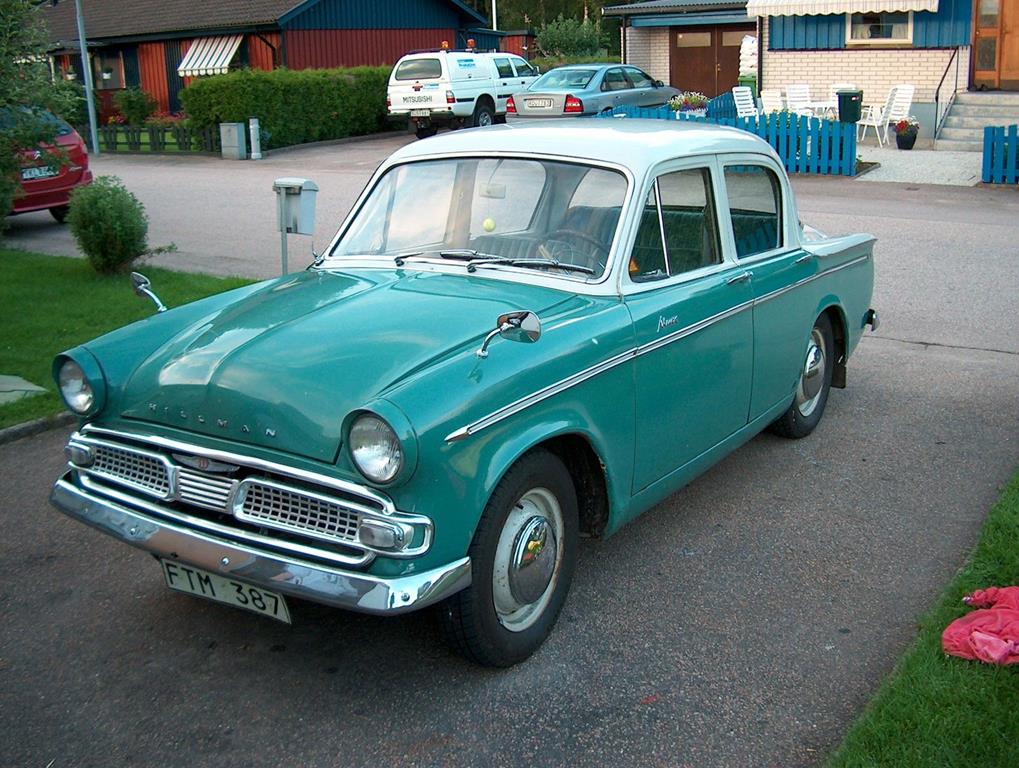
Throughout the life of the Minx, there was usually an estate version—and, from 1954 to 1965, a short-wheelbase estate, the Hillman Husky, and a van derivative known as the Commer Cob.
The Minx model name was revived briefly – along with the "Rapier" name, as applied to the Sunbeam Rapier version of the Audax family – as a special edition late in the life of the Talbot Alpine / Talbot Solara cars, produced by Chrysler Europe after its takeover of the Rootes Group.
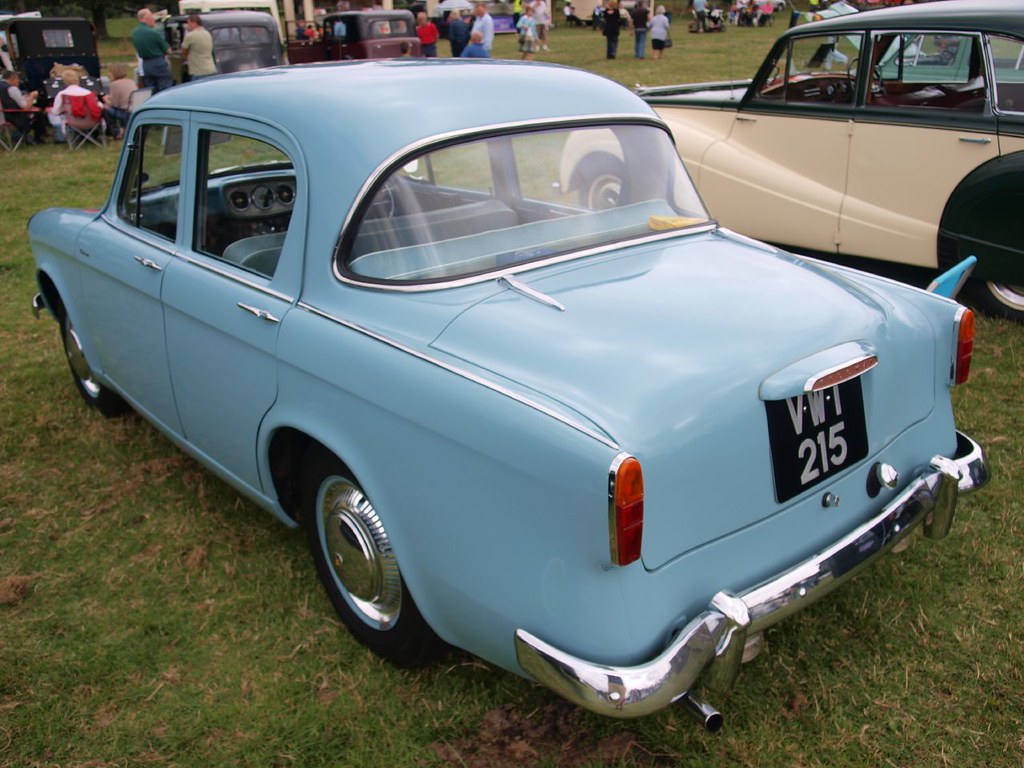
Audax design Hillman Minx (Series I to Series VI, 1956–67)
The Audax body was designed by the Rootes Group, but helped by the Raymond Loewy design organisation, who were involved in the design of Studebaker coupés in 1953. Announced in May 1956[20] the car went through a succession of annual face lifts each given a series number, replacing the mark number used on the previous Minxes. The Series I, introduced in 1956, was followed by the Series II in 1957, the Series III in 1958, the Series IIIA in 1959, the Series IIIB in 1960, the Series IIIC in 1961, the Series V in 1963 and the Series VI in 1965.
There was no Series IV. Over the years the engine was increased in capacity from 1390 cc (in the Series I and II) to 1725 cc in the Series VI. A variety of manual transmissions, with column or floor change, and automatic transmissions were offered. For the automatic version, the Series I and Series II used a Lockheed Manumatic two pedal system (really only a semi-automatic), the Series III a Smiths Easidrive and the V/VI a Borg Warner. The Series VI was fitted with an all-synchromesh gearbox.

A Series III deLuxe saloon with 1494 cc engine tested by the British magazine The Motor in 1958 had a top speed of 76.9 mph (123.8 km/h) and could accelerate from 0–60 mph (97 km/h) in 25.4 seconds. A fuel consumption of 31.8 miles per imperial gallon (8.9 L/100 km; 26.5 mpg‑US) was recorded. The test car cost £794 including taxes of £265.
There were Singer Gazelle and Sunbeam Rapier variants of all these Hillman Minx models, and the names were again used on derivatives in the later Rootes Arrow range. Some models were re-badged in certain markets, with the Sunbeam and Humber marques used for some exports.
The New Zealand importer/assembler Todd Motors created the Humber 80 and Humber 90, badge-engineered models based respectively on the Minx and Super Minx, as a way to secure scarce additional import licences for CKD assembly kits. Although the 90 was identical to the Super Minx, the cheaper 80 featured a horizontal bar grille design. The Humber 80 was acknowledged in the 1980s Roger Hall play Prisoners of Mother England, in which a newly arrived immigrant in New Zealand spots one and exclaims: "Humber 80? There's no such car!"

In Australia a Series Va model was released in 1965. It was fitted with a more powerful 1592cc engine and the all-synchromesh gearbox destined for the forthcoming Series VI model.[24]
The Audax Minx was also built in Japan by Isuzu Motors as the Isuzu Hillman Minx under licence from Rootes between September 1956 and June 1964.[16] Isuzu produced their own unique estate car version, the Isuzu Hillman Express, from 1958 to 1964.








































































































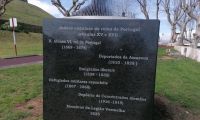



































































































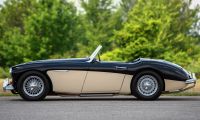











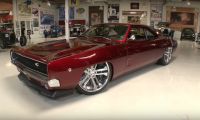



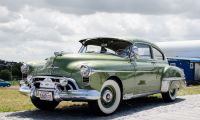







































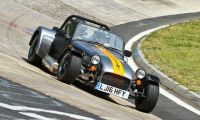






































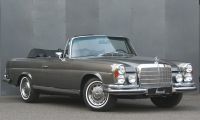


















































































































































































































































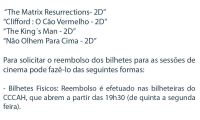


































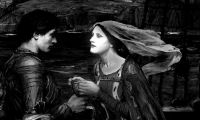






















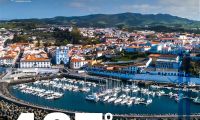






























































































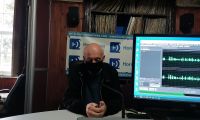

















































































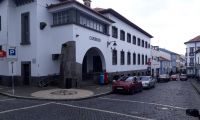


















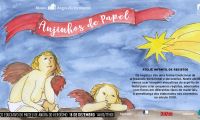
















































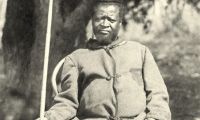



















































































































































































































































































































































































































































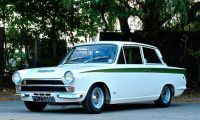








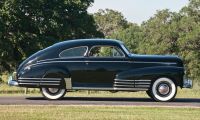















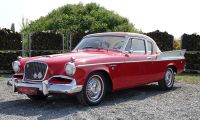






























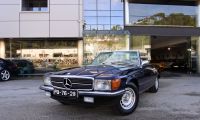









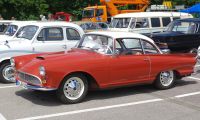


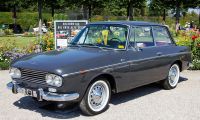
























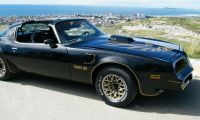














































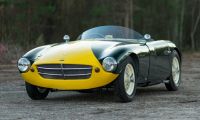



















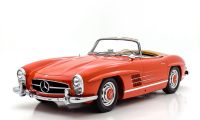





















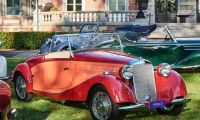














































































































































































































































 LINKS E SITES IMPORTANTES
LINKS E SITES IMPORTANTES


